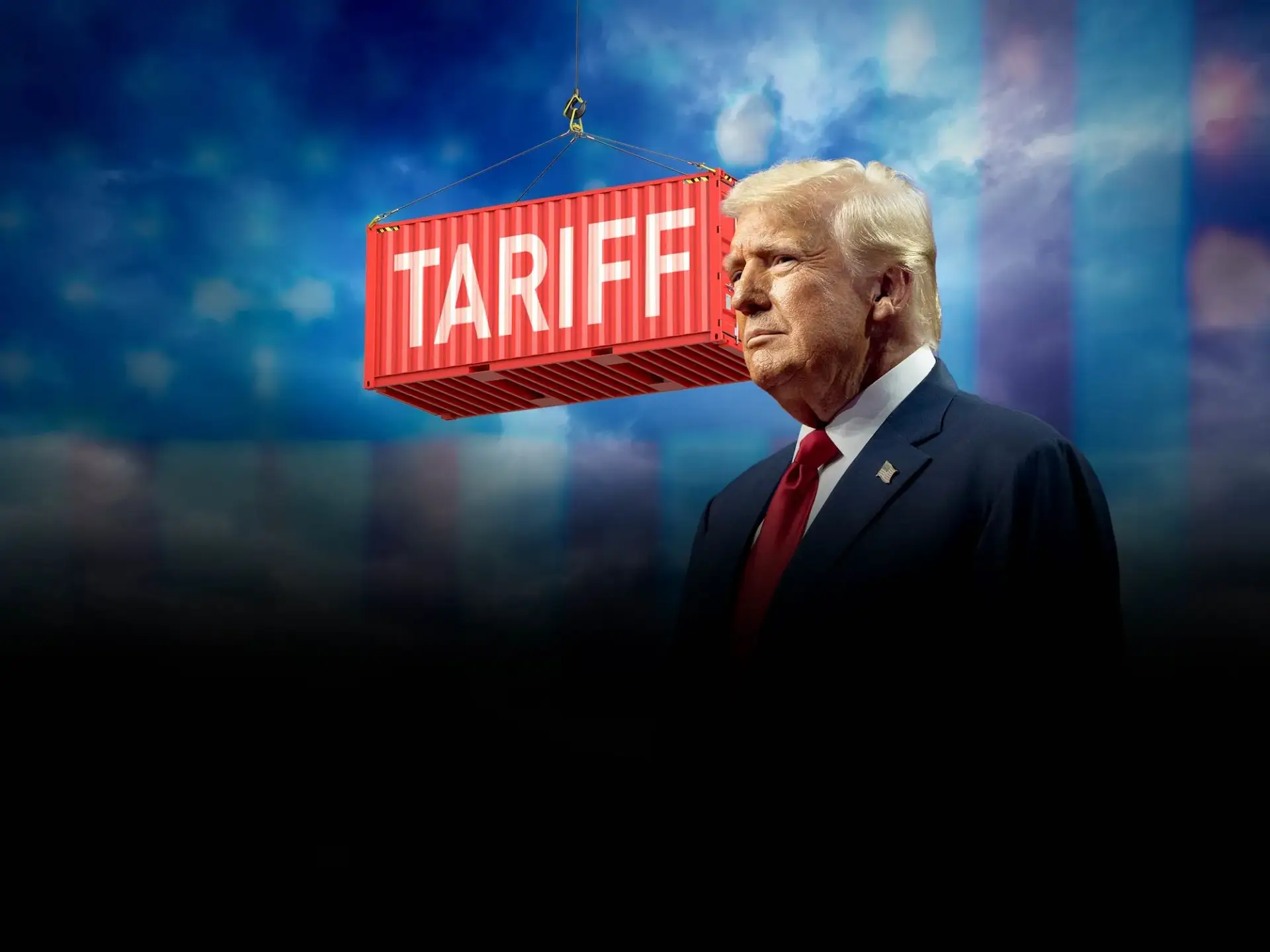Trump delays tariffs on Canadian, Mexican USMCA goods until April 2
according toReutersAccording to reports (March 6, 2025), US President Trump announced on Thursday that he would suspend the 25% tariffs imposed on most Canadian and Mexican goods earlier this week. The exemption will expire on April 2, when Trump threatened to impose reciprocal tariffs on all US trading partners.
Trump imposed $251,000,000 in tariffs on imports from both countries on Tuesday and mentioned only Mexico as an exemption earlier on Thursday. However, the amendment he signed Thursday afternoon also included Canada in the exemption.
In response, Canadian Finance Minister Dominic LeBlanc said Canada would delay a planned second round of retaliatory tariffs on C$125 billion worth of U.S. goods until April 2.
For Canada, the revised White House order does not fully cover energy products, which Trump has imposed tariffs on separately under 10%. A White House official told Reuters that this is because not all energy products imported from Canada are included in the United States-Mexico-Canada Agreement (USMCA).
LumberFlow Expert Interpretation
Supply Chain Impact:The tariff delay provides a brief respite for the North American lumber supply chain, but uncertainty after April 2 may cause Canadian sawmills to adjust production plans ahead of schedule or even temporarily shut down some production capacity.
Demand replacement mode:If North American supplies are disrupted, Chinese buyers may turn to lumber supplies from Russia’s Far East or northern Europe, especially key species such as Douglas fir and SPF (spruce-pine-fir).
Price transmission mechanism:The fluctuation of lumber futures prices on the Chicago Mercantile Exchange (CME) will directly affect the FOB Vancouver price, and then the CIF Shanghai price. Chinese importers are advised to pay close attention to the CME futures curve and formulate inventory strategies.
Logistics analysis:It usually takes 18-22 days for a bulk carrier to travel from Vancouver to Shanghai. Currently, container and Handysize shipping rates at BC ports are relatively stable, but may fluctuate after April due to adjustments to tariff policies.
Strategic recommendations:Chinese importers are advised to give priority to signing FOB contracts to reduce risks, while paying attention to the additional barriers that the EU Deforestation Regulation (EUDR) implemented in 2026 may bring to global timber trade.





